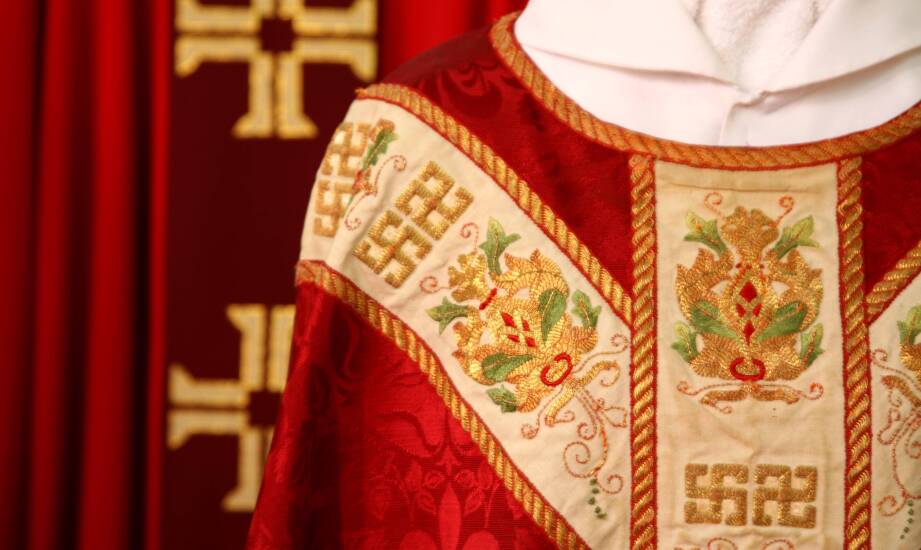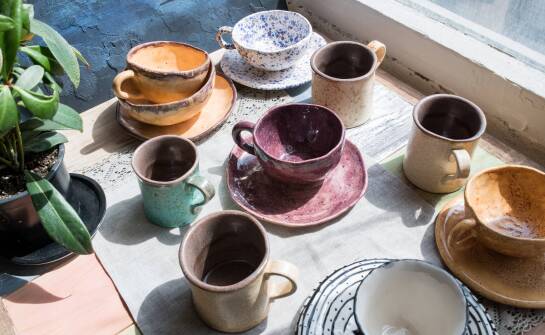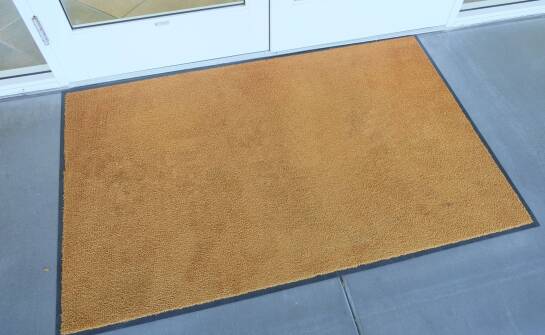Sponsored article
The Variety of Chasuble Styles: What Does the Market Offer?

The chasubles for sale have evolved into various forms and cuts over the centuries, reflecting both aesthetics and functionality. The chasuble has occupied a special place in the Church's tradition for centuries, serving not only as a piece of liturgical attire but also as a symbol of the priest's spiritual mission and an expression of the beauty of the celebration. The variety of styles that have developed over the centuries makes the contemporary market offer an incredibly rich selection of forms, cuts, and decorations. Each of them carries distinct aesthetic and liturgical significance while reflecting historical heritage and local traditions. Understanding this diversity allows us to better appreciate not only the artistic value of chasubles but also their role in shaping the solemn character of the liturgy.
Traditional Styles of Chasubles and Their Significance
Chasubles for sale have evolved into various forms and cuts over the centuries, reflecting both aesthetics and functionality. Today, two main styles dominate the market: Gothic and Roman. The Gothic chasuble is characterized by a wide, ample cut, often reaching nearly to the wrists, giving the celebration a majestic and solemn dimension. The Roman style is more tapered and practical, with the distinctive "fiddleback" shape resembling a violin. Each of these cuts corresponds to different traditions and preferences, while maintaining its liturgical significance by combining beauty with symbolic function.
Regional and Aesthetic Variations
In addition to basic cuts, the market offers a wealth of regional variations developed over the centuries in different parts of Europe. Italian, French, Austrian, and Spanish styles introduce their own distinctive features, such as specific cuts, embroideries, or ornaments. Spanish chasubles stand out for their rich decorations, French ones for elegant lines and velvet embellishments, while Italian chasubles often fascinate with a subtle cross arrangement in the shape of a "T". These differences are not only a matter of aesthetics but also testimony to the local liturgical tradition that has persisted in church craftsmanship to this day, reflecting the offering of the Ars Sacra store.
Modern Market and Contemporary Solutions
Today's manufacturers combine tradition with modernity, offering chasubles in many variants tailored to the needs of both parishes and individual priests. In addition to classic cuts, semi-Gothic models are available, offering a compromise between the abundance of Gothic style and the practicality of the Roman cut. Contemporary workshops use computer embroidery, durable fabrics, and a variety of colors consistent with the liturgical calendar, while also ensuring aesthetics and affordability. As a result, the chasuble market becomes a space where the beauty of tradition meets innovation, offering priests garments that gracefully emphasize the character of the celebration while meeting contemporary aesthetic expectations.
You might be interested

Ceramic mugs with unique patterns – discover our collection
Ceramic mugs are not only practical vessels for everyday use, but also small works of art that can add charm to any interior. In the Manufaktura in Bolesławiec, unique, hand-painted wares are created that delight with distinctive patterns and high-quality craftsmanship. We invite you to explore our

Key Advantages of Branded Entrance Mats in Public Buildings
A professionally designed entrance area is much more than a visual business card of a building – it is a strategic element responsible for the comfort, safety, and hygiene of the entire space. In public buildings, where many people enter daily, even minor lapses in this area can lead to faster floor